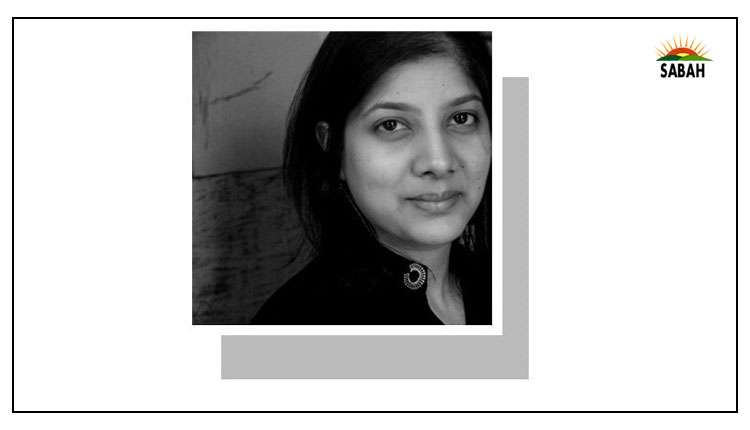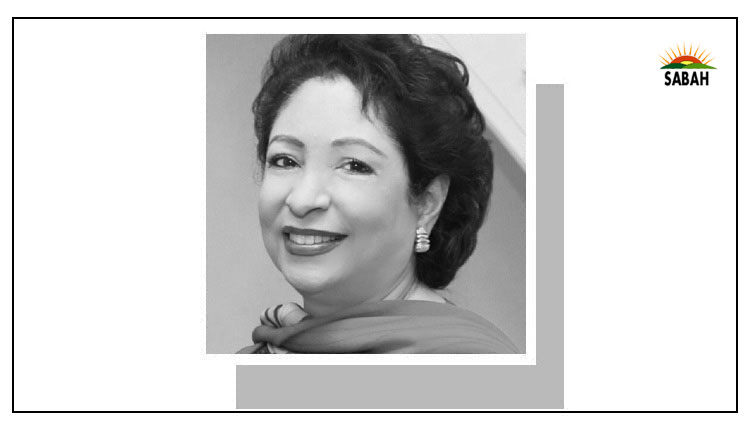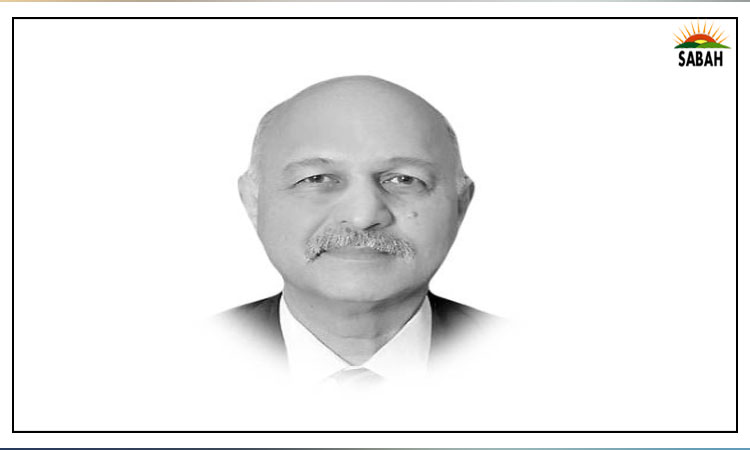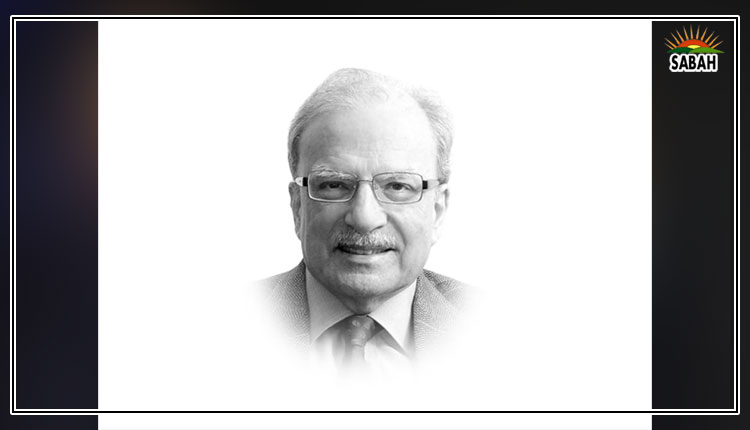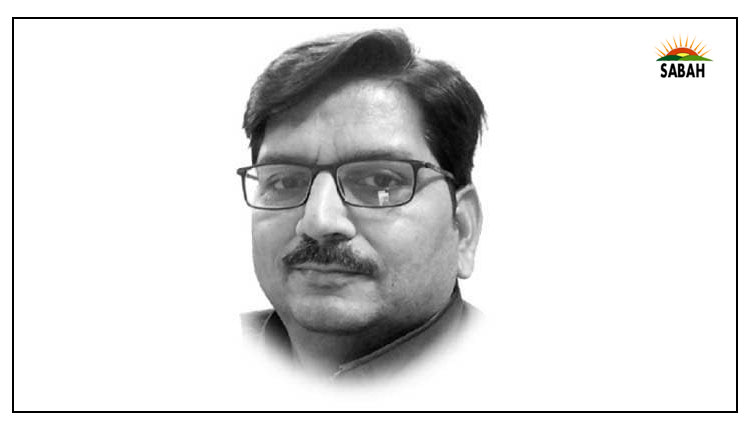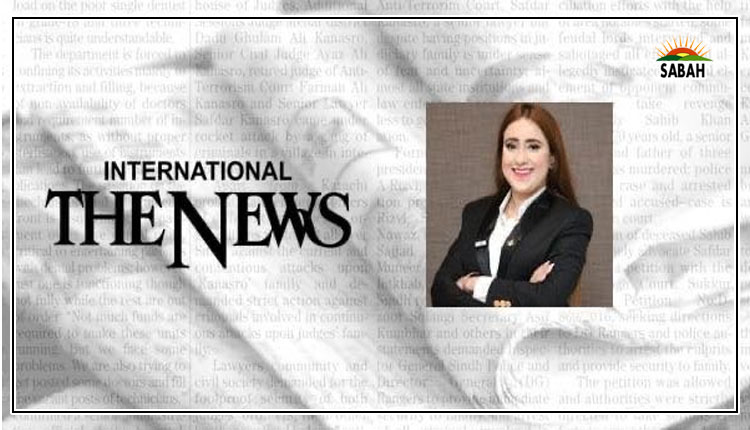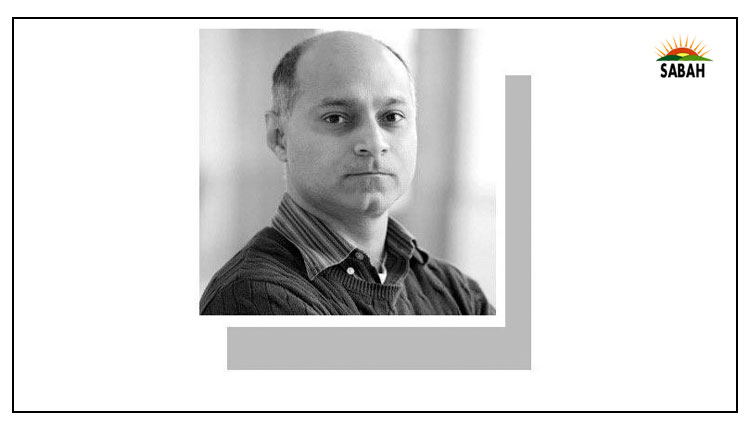All things awry…Khurram Husain
WE have a new finance chief, and people are excited that it is a new face and one that inspires some confidence. Since 2008, we have had three names circulate through the finance ministry: Hafeez Shaikh, Shaukat Tarin and Ishaq Dar, with brief cameos by the likes of Asad Umar and Miftah Ismail that ended badly for them.
The new person for the position, Muhammad Aurangzeb, is a welcome addition to this list. For one, he is a well-respected financial sector professional. For another, he is temperamentally sound and should be able to manage the stresses of the game he has just entered. And third, he comes from a family that is no stranger to politics; so surely there is enough in his background to guide him through the politics of his new role.
But here the good news ends. He will have very little time to settle in and will soon learn that he has a large role to play but a small script to work from. In his inaugural news conference, for example, he talked of digitalisation of revenue collection and bringing wholesalers, real estate and agriculture into the tax net.
These are admirable goals, but Mr Aurangzeb will soon learn that there are some pressing issues demanding immediate attention. And once he gets on with these, the room for doing much more will constrict.
The new finance chief is about to walk into a minefield on at least two issues: interest rates and energy prices.
He has the next IMF review to see through, which should be relatively smooth barring unforeseen developments. After that come the talks for the successor programme, for which certain targets in budget of FY25 will most likely become a prior action. If all things go smoothly, we can reasonably expect a staff-level agreement in July, followed by board approval by August. But this depends on whether or not all things go smoothly.
More importantly, the new finance chief is about to walk into a minefield on at least two issues. First one is interest rates, and the second energy prices. Industry is up in arms over both, but that is not the big issue here. According to some calculations, a single percentage point hike in policy rate leads to a hike of Rs250 billion in debt-service payments for the government.
Never mind what industry is saying about high interest rates for a moment. At 22pc, the current monetary policy settings are taking a wrecking ball to government finances, and pressure will mount on the new finance chief to try and persuade the IMF and the State Bank to start unwinding the tight policy stance.
Connected with this question is the matter of debt restructuring, especially domestic debt. The amount the federal government pays in debt-service payments is now larger than the net federal revenues that define its resource envelope. This creates pressure to either renegotiate the National Finance Commission award to recover some of the resources devolved to the provinces since 2009, or to raise revenues through game-changing interventions of the sort he talked about in his maiden presser.
If either of these fails, then some form of restructuring becomes inevitable. One way would be to approach the creditor banks and ask them to renegotiate the terms of the government debt theyre holding. This would be a huge step and would need to be done delicately to ensure it doesnt cause financial markets to seize up. But another way to bring this about would be a sharp reduction in interest rates. A four percentage point reduction, for example, could free up enough space to render such an exercise unnecessary.
For now, it looks difficult to pull that off, however. All indications are that the State Bank is in no mood to reduce rates until the end of the fiscal year. And the IMF has traditionally frowned upon lowering rates in the face of persistently high inflation. Doing so runs the risk of producing pressure on the exchange rate, fuelling more government spending, and thereby reigniting an inflationary spiral.
Next up will be energy prices. Industry is reeling from a gas price hike of almost 300pc, though the exact amount depends on the type of industry and the use for which the gas is being purchased. In any event, industry is largely shutting down under the weight of rising energy prices and high interest rates. Private sector credit off-take, to take one example, has plummeted to dangerously low levels, implying steep cut-backs in working capital utilisation by industry. Investment had already plummeted, but the new numbers, along with conversations with a few in industry, suggest much of the industry is functioning at 50pc capacity at best.
This situation is going to aggravate further if macroeconomic settings remain unchanged. Aurangzeb will find that the stability brought about in the economy since last July has been procured at a very steep price. And the question that is likely to consume his bandwidth moving forward will be how much longer the country will continue paying this price.
There are different ways to answer this question. One is the dreamers way, like Asad Umar used to follow. This way promises all sorts of massive changes that will make growth and stability each others allies. This way sounds good, like much of Asads talk did. But it doesnt work. You cannot talk your way out of this situation.
Another is the cynics way, the one Hafeez Shaikh preferred. This one involves shutting out all politics, all entreaties from industry, all voices from the media screaming about the crushing impact on the poor. Tune out all the noise, and do what you have to do without remorse. That was his way.
Dar had his way too, which I have written about previously. It involved managing the growing structural vulnerabilities of the economy rather than reforming things to keep abreast of the changes sweeping across the world. This is what sent things awry in the first place.
Courtesy Dawn



